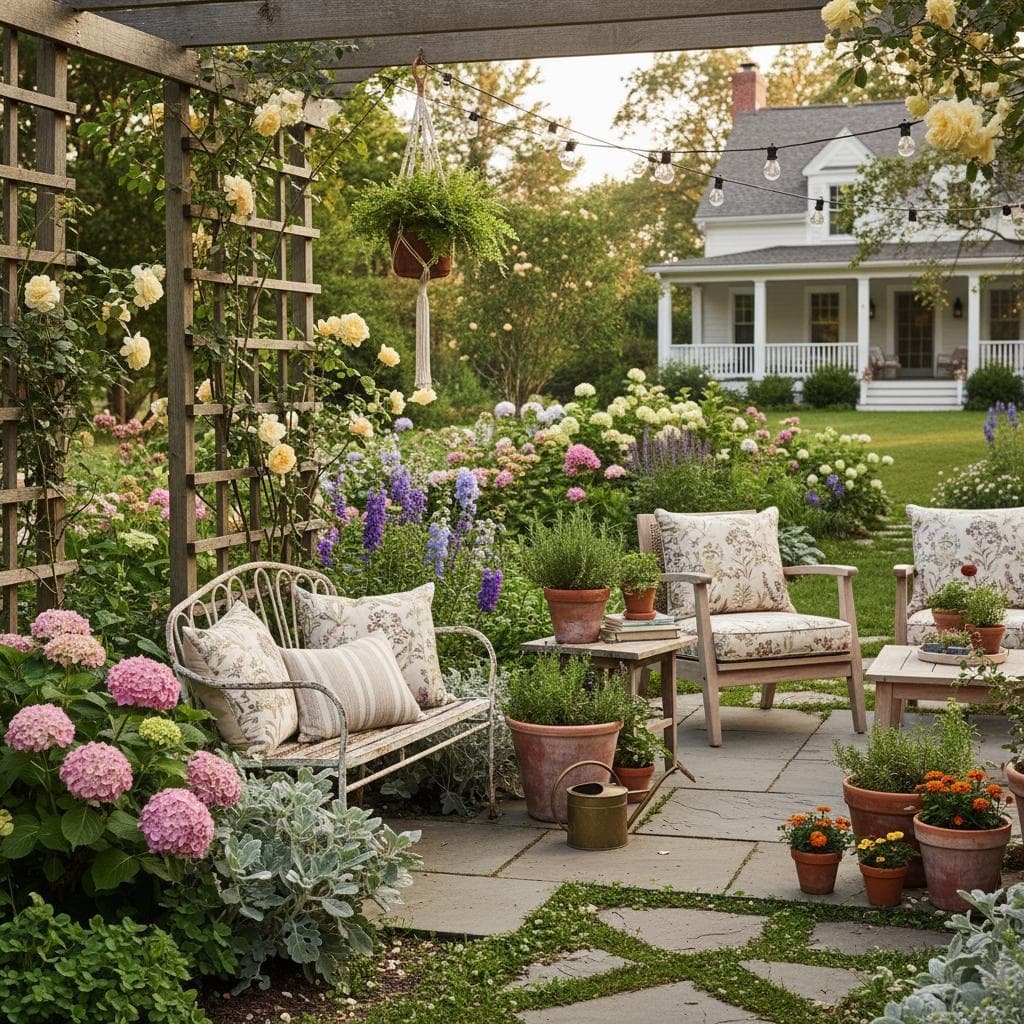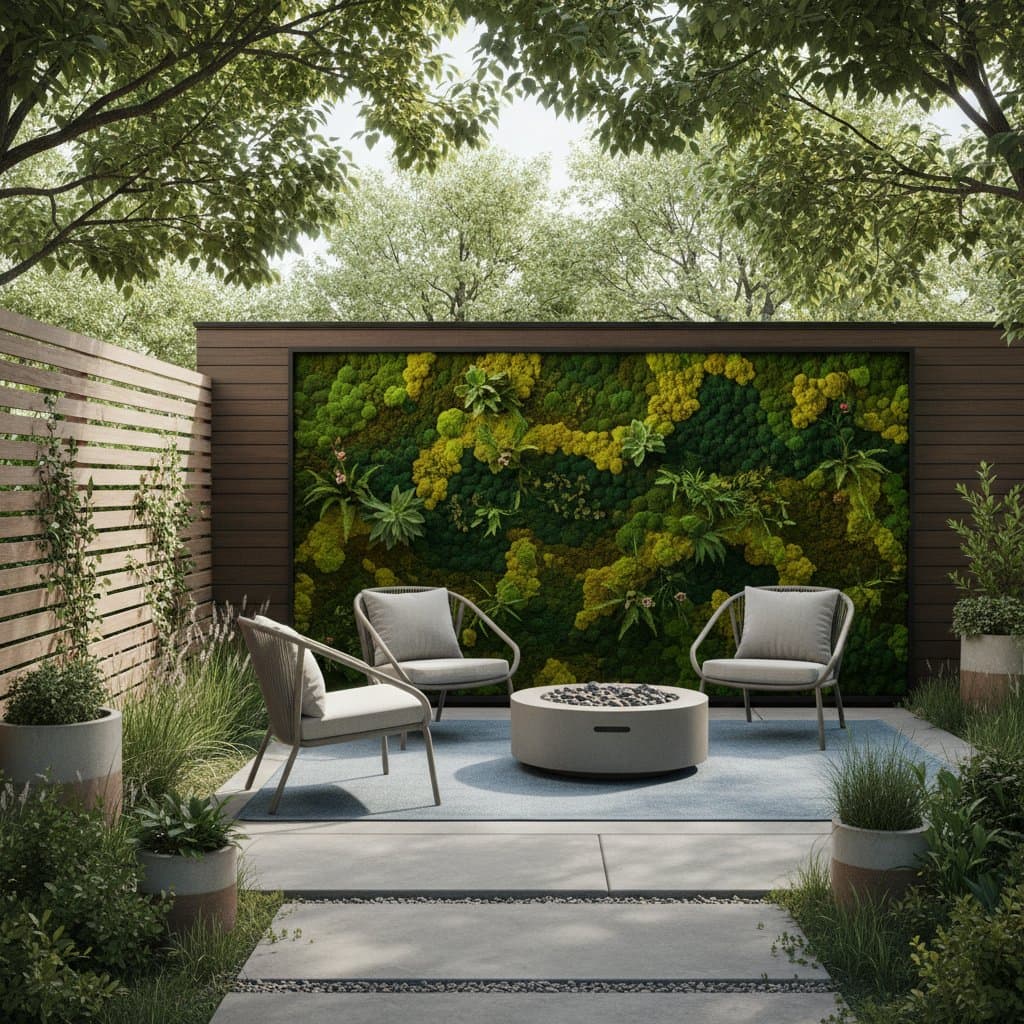Gravel Gardens: 2025's Smart Low-Maintenance Lawn Swap
Key Points:
- Gravel gardens serve as the leading alternative to traditional lawns, combining style, sustainability, and simplicity.
- They require minimal watering, mowing, or fertilizing, which reduces weekly yard maintenance.
- Proper planning, plant selection, and drainage prove crucial for long-term success.
- Gravel gardens adapt to different climates, from dry coastal zones to urban courtyards.
- Expert landscapers recommend layering techniques and native plants to create balance between structure and softness.
Why Gravel Gardens Are Having a Moment
The shift away from lawns reflects broader environmental awareness. Water scarcity, rising maintenance costs, and time constraints render lush green turf outdated. Lawns once symbolized success and order. Modern homeowners redefine that image. Gravel gardens represent a new status symbol: thoughtful, sustainable, and quietly elegant.
Planning the Perfect Gravel Garden
Planning proves essential before placing a single stone. Gravel gardens succeed when designed with purpose rather than as an afterthought. The first step involves evaluating site conditions: sunlight, soil type, and drainage capacity. Gravel gardens demand good water flow. Compacted clay or flat terrain may necessitate grading or subsurface drainage layers.
Step-by-step approach:
- Sketch a layout. Identify areas for visual interest, such as near pathways, patios, or entryways.
- Prepare the ground. Remove existing turf or weeds completely. Apply a layer of landscape fabric under the gravel to minimize regrowth. Some purists omit it for improved soil health.
- Layer materials. Begin with a base of crushed rock or coarse sand for drainage. Add a top layer of decorative gravel.
- Select plants strategically. Choose drought-tolerant species that align with your climate and design theme.
- Install edging. Employ metal, stone, or recycled materials to define borders and contain gravel neatly.
Texture and color of gravel influence the overall effect. Pale limestone evokes a Mediterranean feel. Darker basalt provides a modern, architectural look. Mixing sizes and tones adds subtle depth and pattern, akin to layering fabrics in fashion.
The Maintenance Myth
The term low-maintenance can mislead. Gravel gardens prove easier to maintain than lawns but demand some effort. The first year requires attention as plants establish roots and weeds test boundaries. Maintenance then settles into a relaxed rhythm.
Typical maintenance tasks include:
- Light weeding, particularly after heavy rain when seeds germinate.
- Occasional raking to redistribute gravel and refresh surface texture.
- Removing fallen leaves to prevent organic buildup that encourages weeds.
- Checking borders and edging to maintain a crisp layout.
No mowing, fertilizer schedule, or sprinkler system proves necessary. The result yields a yard that appears intentionally designed throughout the year, free from constant watering and trimming cycles.
Common Mistakes to Avoid
Gravel gardens forgive many errors, yet pitfalls exist. Poor drainage often leads to compacted gravel and stressed plants. Gravel that proves too small shifts easily and scatters across walkways.
Other missteps include:
- Overplanting. Gravel gardens depend on open space. Excessive plants undermine the design.
- Ignoring scale. Large stones or boulders overwhelm small yards. Fine gravel vanishes in expansive landscapes. Match proportions with care.
- Skipping soil improvement. Even drought-tolerant plants require healthy, well-draining soil beneath the gravel.
- Neglecting boundaries. Without edging, gravel migrates into lawns or beds.
Addressing these details early ensures a garden that matures beautifully over time, avoiding later rework.
The Cost Conversation
Some homeowners assume gravel gardens prove expensive. The reality often differs. Initial installation may cost slightly more than reseeding a lawn. Long-term savings prove significant. Reduced water bills, fewer chemical products, and minimal equipment yield noticeable financial benefits. A gravel garden pays for itself over time while adding visual and environmental value.
For tighter budgets, starting small works well. Replace a patch of struggling grass with a single gravel section. This creates a focal point that invites gradual expansion. Even modest changes alter the entire yard's perception.
Adapting Gravel Gardens to Different Climates
Gravel gardens originated in arid landscapes. They adapt well to various climates. In wetter regions, use slightly larger gravel and deeper base layers for improved drainage. In colder zones, select frost-resistant plants and thicker gravel layers to prevent heaving. In hot environments, opt for lighter-colored gravel to reflect heat and cool root zones.
Designers advise researching native plants that thrive in local ecosystems. These species endure drought and rainfall variations without special care. Pairing them with gravel enhances their natural strengths.
Living with Your Gravel Garden
Over time, gravel gardens develop a lived-in charm. Moss may appear between stones. Plants self-seed in unexpected places. Color tones shift with seasons. This organic evolution forms part of their appeal. Unlike lawns that demand uniform perfection, gravel gardens embrace irregularity.
Homeowners describe the experience as calming. Crunching gravel underfoot provides satisfying sound. Subtle scents from sun-warmed herbs emerge. Visual rhythm from ornamental grasses adds movement. The space feels designed yet alive, engaging multiple senses.
Experimenting with Gravel in Your Space
Reframe ditching the lawn as an opportunity rather than a sacrifice. Gravel gardens free homeowners from maintenance cycles and unlock creative possibilities. Start with a small pilot area, such as a front walkway or backyard seating zone. Experiment with gravel textures and plant combinations there. Once maintenance ease becomes evident, expansion follows naturally.




